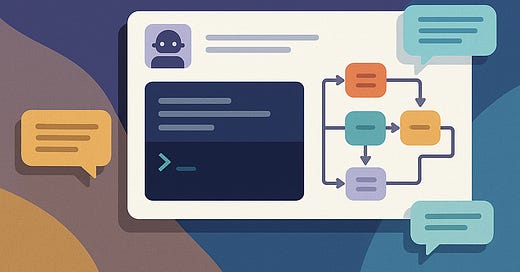🔍 Why Prompt Libraries Are Quietly Taking Over AI Coding in 2025
"You used to write prompts. Now you're expected to architect them."
Hey Developers,
There’s a major shift happening in AI development — and most coders haven’t noticed.
It’s not about writing better prompts.
It’s about treating prompts like software components — reusable, testable, versioned, and deployable across your entire AI stack.
That shift is giving rise to something new:
🧠 Prompt Libraries — the frameworks of AI coding in 2025.
What’s Really Happening?
Inside top-tier AI teams (and even indie dev workflows), prompts are no longer copied and pasted. They’re:
Stored in structured files
Version-controlled in Git
Parameterized and tested
Shared across projects and teams
Plug-and-play with GPT, Claude, Mistral, and others
This is Prompt Engineering 2.0, and it’s changing how we build with LLMs.
Why Should You Care?
If your app depends on prompts — even one — this shift affects you.
You don’t need to guess tone, fix bugs with trial and error, or rewrite the same logic 5 times.
You can build like this:
📦 Modular prompt templates
🔄 Consistent outputs across apps
🧪 Prompt testing and tracking
📊 Dashboard-level observability
And yes, people are already building Prompt DevOps pipelines.
👇 Read the Full Blog Here
🔗 Why Prompt Libraries Are the New Frameworks in AI Coding (2025)
We break down the tools, patterns, and even show you how to build your own prompt library from scratch.
Bonus: What’s Inside the Full Post?
LangChain PromptTemplates, PromptLayer, PromptHub & more
Real-world use cases (chatbots, agents, code tools)
A framework for building prompt logic that scales
Developer FAQs: multi-model support, versioning, testing
What’s coming next in prompt architecture
Thanks for reading — and if you’re serious about AI development, don’t miss this one.
🧩 Start treating your prompts like code.
Your future AI apps will thank you.



